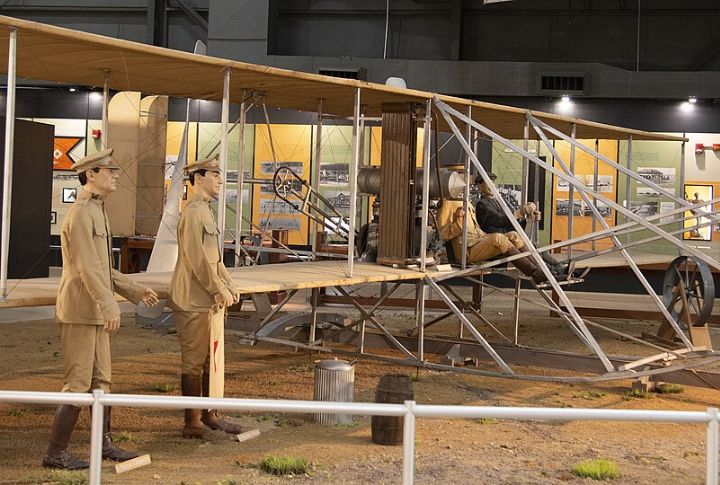
U.S. history lives in more than monuments and museums. Some cities helped shape the nation through invention or resilience, while others hide forgotten tunnels, sealed rooms, or untold stories. Each one offers a surprising glimpse into the layers that built the American experience.
Washington, D.C.
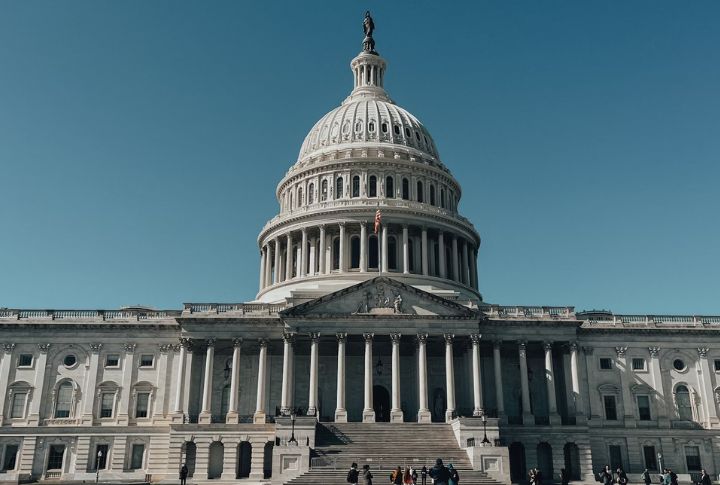
The Lincoln Room in the Capitol, once a post office in the 1800s, contains a hidden staircase. Historians believe British soldiers may have used this passage during the War of 1812. A concealed floor panel still provides access, offering a glimpse into the building’s layered history.
Los Angeles, CA
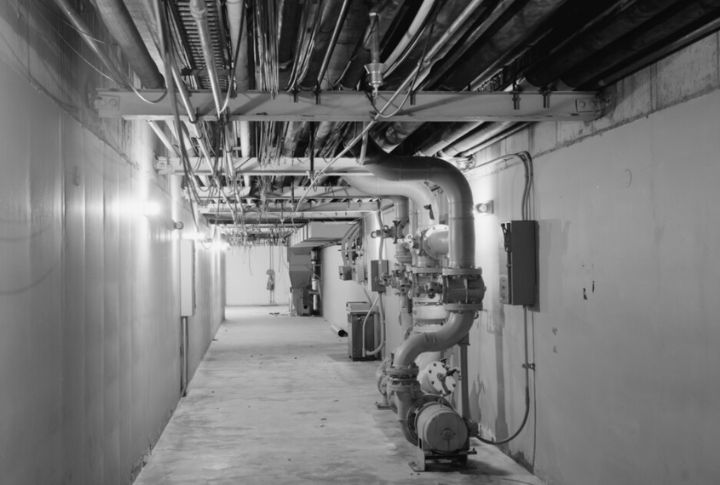
Downtown Los Angeles hides a web of underground tunnels built in the early 1900s for transportation and service access. During Prohibition, they gained a second life by helping smugglers discreetly move liquor between speakeasies. Some entrances remain in old basements, sealed behind bricked walls or false doors.
New York City, NY

Deep under City Hall sits an abandoned subway station with elegant tiled arches and stained glass. Closed since 1945, this hidden place reveals itself only when you stay on the six train past its last stop, offering a rare glimpse into the city’s architectural past.
Cincinnati, OH

Once called the “Porkopolis” for its thriving pork trade, Cincinnati was a major meatpacking center in the 1800s. The city also played a key role in the Underground Railroad, with the Allen Temple AME Church serving as a refuge for enslaved individuals seeking freedom across the Ohio River.
Dayton, OH
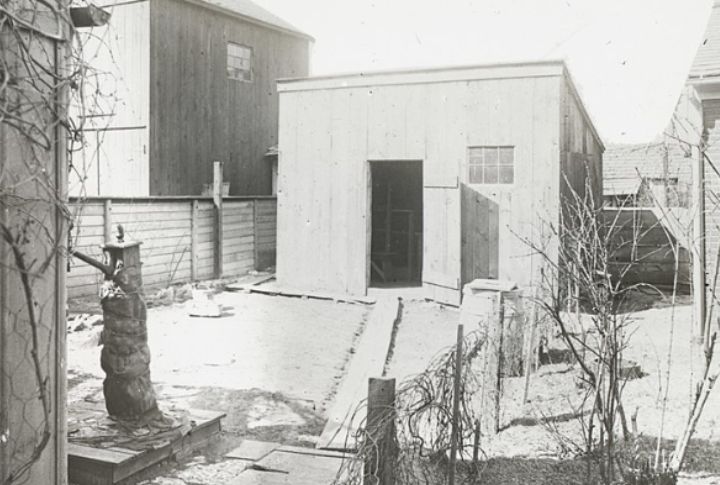
Dayton’s legacy of innovation goes beyond aviation—it cracked codes, too. Birthplace of the Wright brothers, who pioneered flight, the city was also home to National Cash Register (NCR). There, Joseph R. Desch led the creation of the U.S. Navy Bombe, a machine that helped break German Enigma codes in World War II.
Buffalo, NY
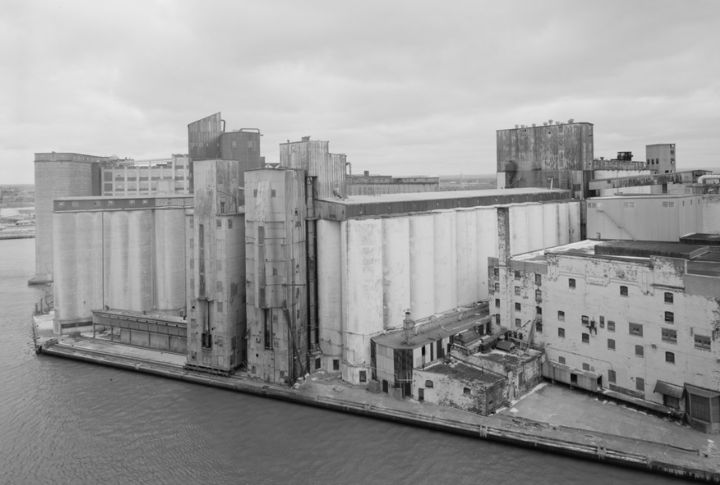
Buffalo reshaped global trade with Joseph Dart’s steam-powered grain elevator, revolutionizing grain handling in 1843. This innovation turned the city into a shipping powerhouse. Beyond commerce, Buffalo was a key terminus of the Underground Railroad, where freedom seekers crossed into Canada, making it a city of both industry and resilience.
Sacramento, CA
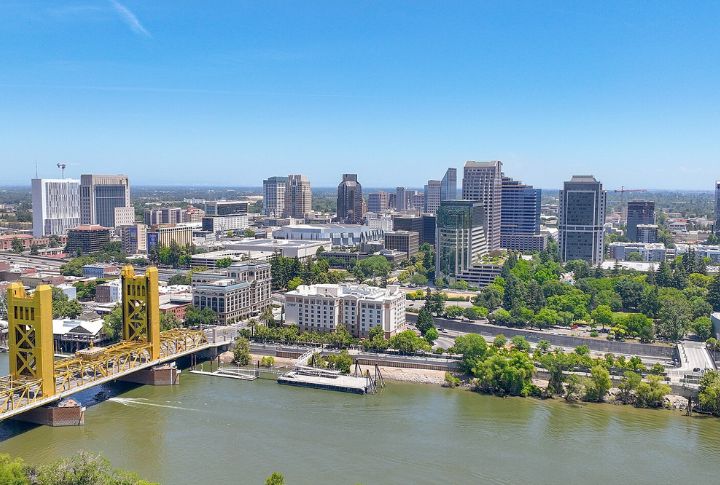
Why is Sacramento, California’s capital? In 1850, floods swallowed the city, but instead of fleeing, residents built levees, reshaping its future. Right after this, the city’s Gold Rush economy flourished, and by 1854, Sacramento’s strength and infrastructure secured its place as the state’s political center.
Columbus, OH
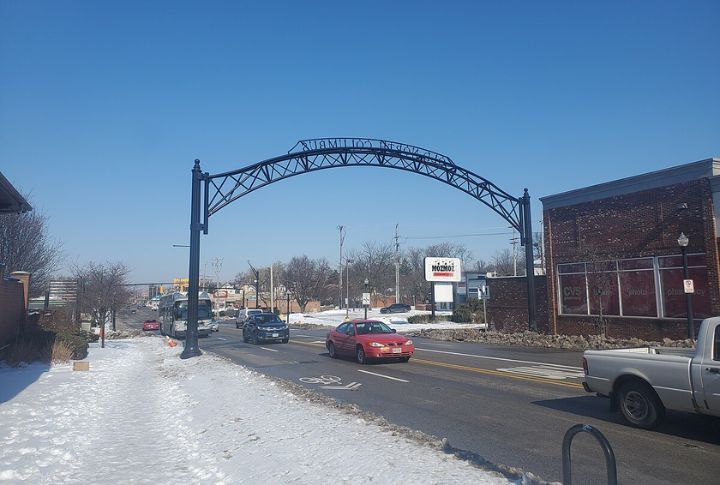
Columbus played a key role in American history by pioneering water chlorination in 1908, cutting typhoid deaths, and shaping national sanitation standards. It also earned fame as the “Arch City” for its 1888 electric arches. Although demolished first, they were later revived in 2002 as a tribute to their impact on city planning.
St. Augustine, FL
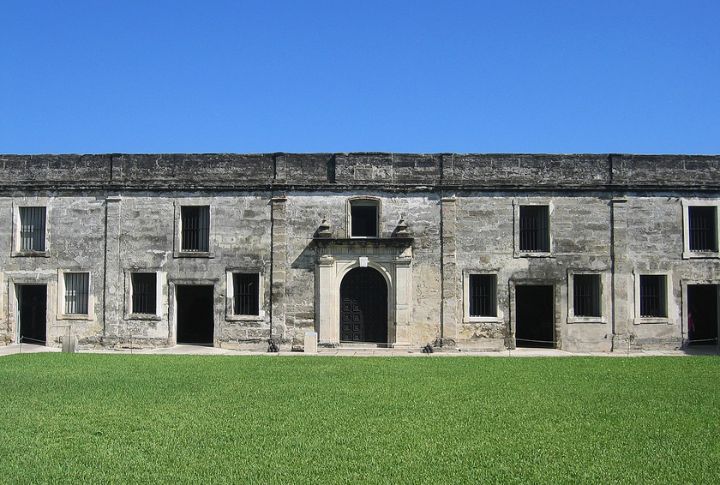
America’s oldest city hides centuries of colonial secrets. Built by the Spanish in 1672, the Castillo de San Marcos features coquina walls strong enough to withstand cannon fire. Legends speak of hidden cells and ghostly echoes, adding eerie depth to one of Florida’s most enduring historical landmarks.
Charleston, SC
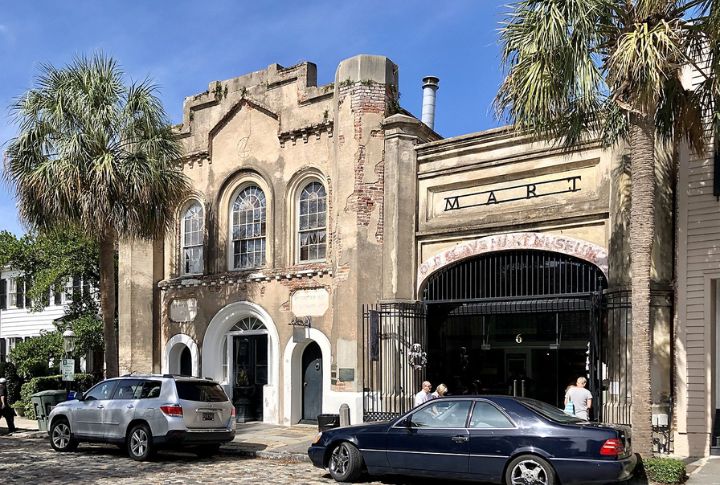
Behind Charleston’s perfect streets lies the haunting Old Slave Mart. Operating from 1856 to 1863, it was one of the South’s few indoor slave markets. Today, the building is a museum, offering a haunting look at the city’s central role in the transatlantic slave trade.

